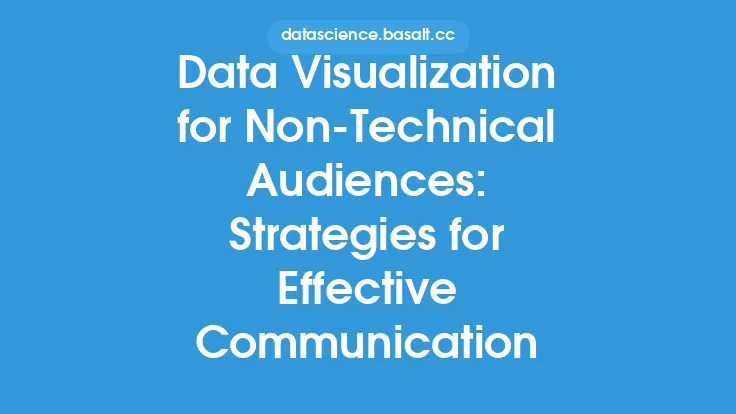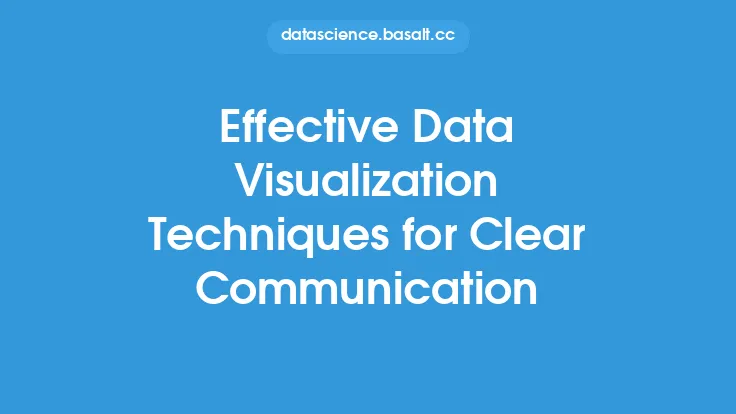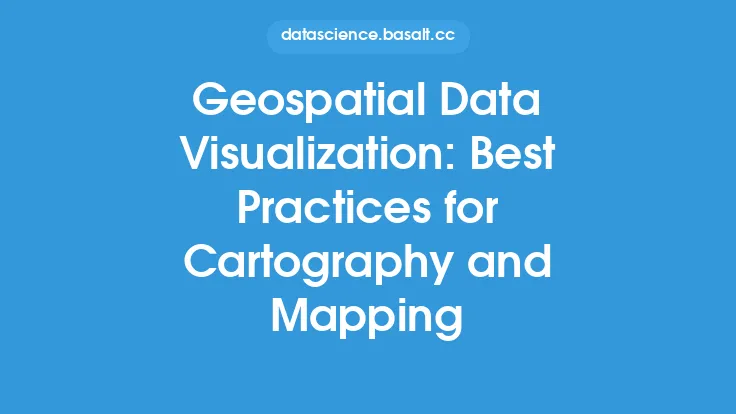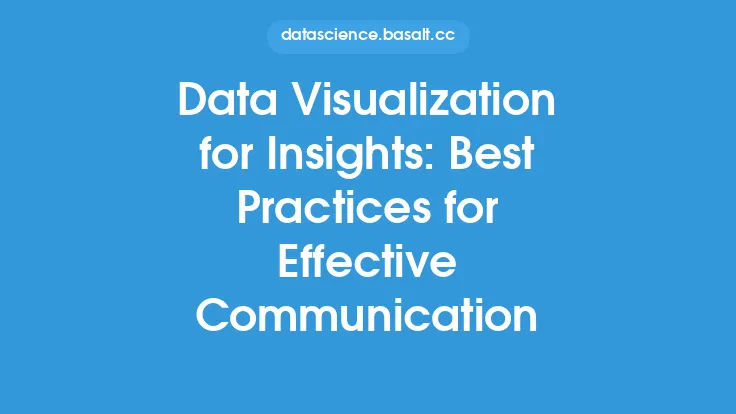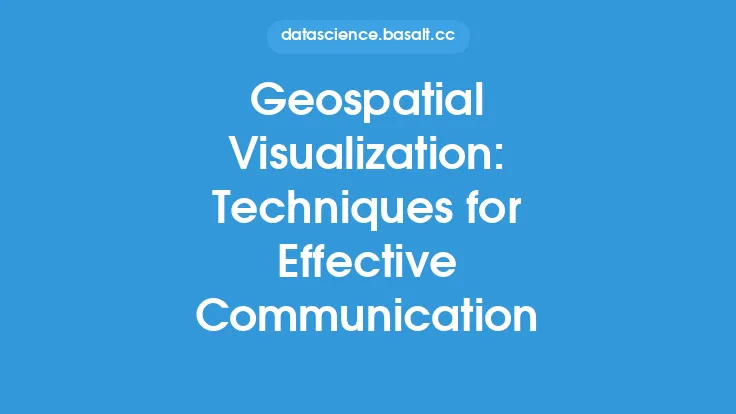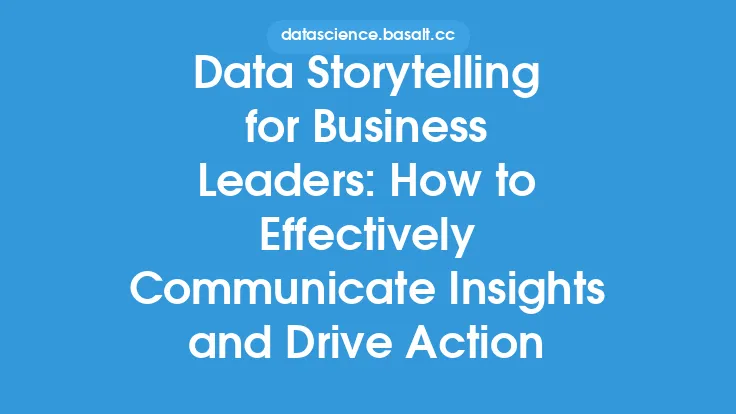Network visualization is a powerful tool for communication and storytelling, allowing us to convey complex information in a clear and concise manner. By using visual representations of networks, we can identify patterns, trends, and relationships that might be difficult to discern from raw data alone. In this article, we will explore the principles and techniques of effective network visualization, and discuss how to use visualization to tell compelling stories with network data.
Principles of Effective Network Visualization
Effective network visualization requires a deep understanding of the underlying data, as well as the goals and audience of the visualization. There are several key principles to keep in mind when creating network visualizations. First, the visualization should be simple and intuitive, avoiding unnecessary complexity and clutter. Second, the visualization should be accurate and truthful, avoiding distortions or misrepresentations of the data. Third, the visualization should be engaging and interactive, allowing the user to explore and interact with the data in a meaningful way.
One of the most important principles of effective network visualization is the use of clear and consistent visual encoding. This means using visual elements such as color, size, and shape to represent different types of data, and using these elements consistently throughout the visualization. For example, in a network visualization of social media connections, we might use color to represent different types of relationships (e.g. friends, followers, etc.), and size to represent the strength or frequency of these relationships.
Techniques for Network Visualization
There are many different techniques for network visualization, each with its own strengths and weaknesses. Some common techniques include node-link diagrams, adjacency matrices, and circle packing. Node-link diagrams are perhaps the most common type of network visualization, and involve representing nodes as points or circles, and edges as lines or curves connecting these nodes. Adjacency matrices, on the other hand, represent the network as a matrix of nodes, with the presence or absence of an edge between two nodes indicated by a cell in the matrix.
Circle packing is a technique that involves representing nodes as circles, with the size of each circle proportional to the number of edges connected to it. This technique can be useful for visualizing large, complex networks, as it allows us to see the overall structure and patterns of the network at a glance. Other techniques, such as treemaps and sunburst charts, can be used to visualize hierarchical or tree-like networks, where nodes are organized into a nested or branching structure.
Storytelling with Network Visualization
Network visualization is a powerful tool for storytelling, allowing us to convey complex information in a clear and concise manner. By using visualization to represent network data, we can identify patterns, trends, and relationships that might be difficult to discern from raw data alone. For example, in a network visualization of airline routes, we might see a cluster of nodes representing major hubs, with edges connecting these hubs to smaller airports and destinations.
By using visualization to tell stories with network data, we can gain insights into the underlying structure and dynamics of the network. For example, in a network visualization of social media connections, we might see a cluster of nodes representing a particular community or group, with edges connecting these nodes to other communities or groups. By analyzing the patterns and relationships in this network, we can gain a deeper understanding of how information and influence flow through the network, and how different communities or groups interact and intersect.
Tools and Technologies for Network Visualization
There are many different tools and technologies available for network visualization, ranging from simple, web-based applications to complex, proprietary software packages. Some popular tools for network visualization include Gephi, NetworkX, and Cytoscape. Gephi is a free, open-source platform for network data analysis, and provides a range of visualization and analysis tools, including node-link diagrams, adjacency matrices, and community detection algorithms.
NetworkX is a Python library for network analysis, and provides a range of tools and functions for creating, manipulating, and visualizing network data. Cytoscape is a software platform for visualizing and analyzing biological networks, and provides a range of tools and features for creating custom visualizations and layouts. Other tools, such as D3.js and Sigma.js, provide a range of visualization and interaction tools for web-based network visualization.
Best Practices for Network Visualization
There are several best practices to keep in mind when creating network visualizations. First, it is essential to have a clear understanding of the underlying data, as well as the goals and audience of the visualization. Second, the visualization should be simple and intuitive, avoiding unnecessary complexity and clutter. Third, the visualization should be accurate and truthful, avoiding distortions or misrepresentations of the data.
It is also essential to consider the scalability and performance of the visualization, particularly when working with large or complex networks. This may involve using techniques such as data aggregation, filtering, or sampling to reduce the amount of data being visualized, or using optimized rendering and layout algorithms to improve performance. Finally, it is essential to provide interactive and dynamic visualizations, allowing the user to explore and interact with the data in a meaningful way.
Future Directions for Network Visualization
Network visualization is a rapidly evolving field, with new tools, techniques, and applications emerging all the time. One of the most exciting areas of research and development is the use of machine learning and artificial intelligence to analyze and visualize network data. For example, we might use clustering algorithms to identify patterns and communities in the network, or use predictive modeling to forecast future changes and trends.
Another area of research and development is the use of virtual and augmented reality to create immersive and interactive network visualizations. This could involve using VR or AR headsets to visualize and explore network data in 3D, or using interactive gestures and controls to manipulate and analyze the data. Finally, there is a growing interest in the use of network visualization for social good, such as visualizing and analyzing networks of social media influencers, or using network visualization to identify and mitigate the spread of misinformation and disinformation.
